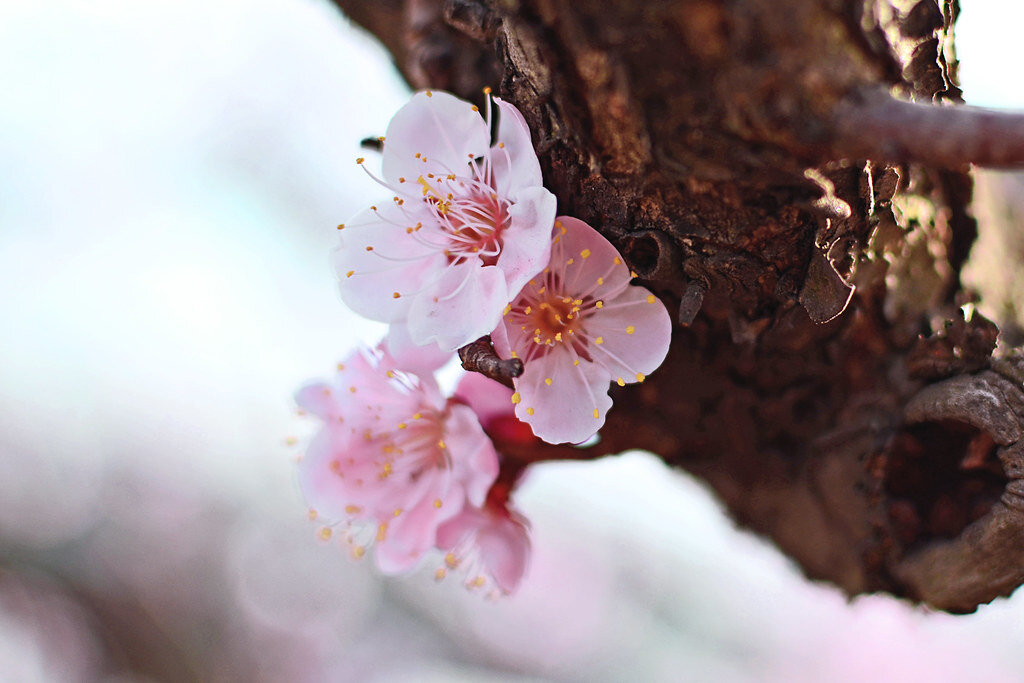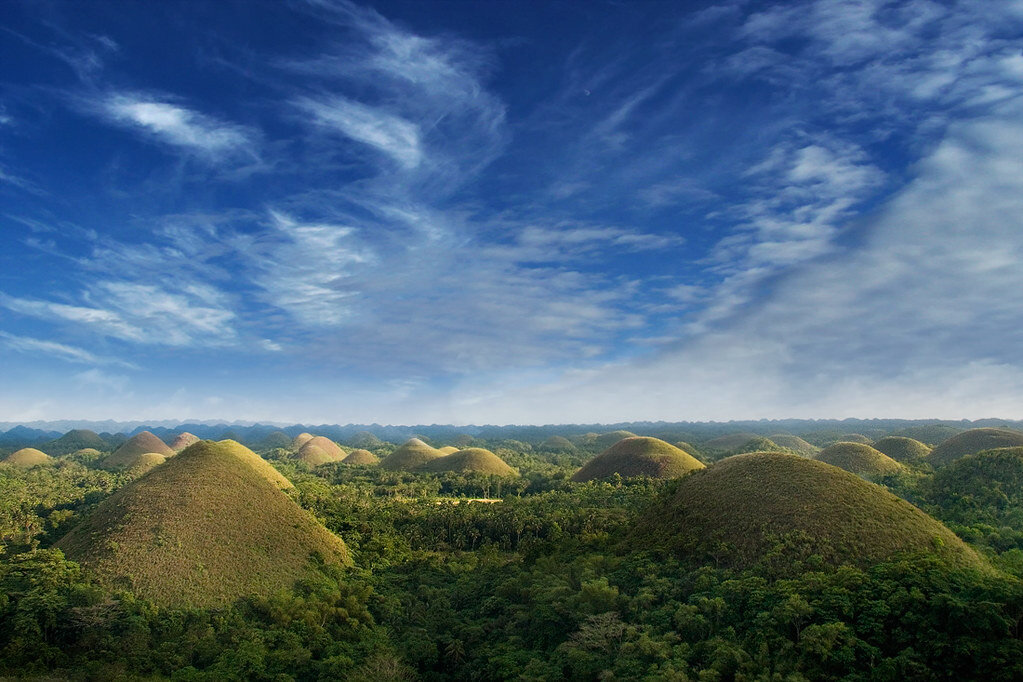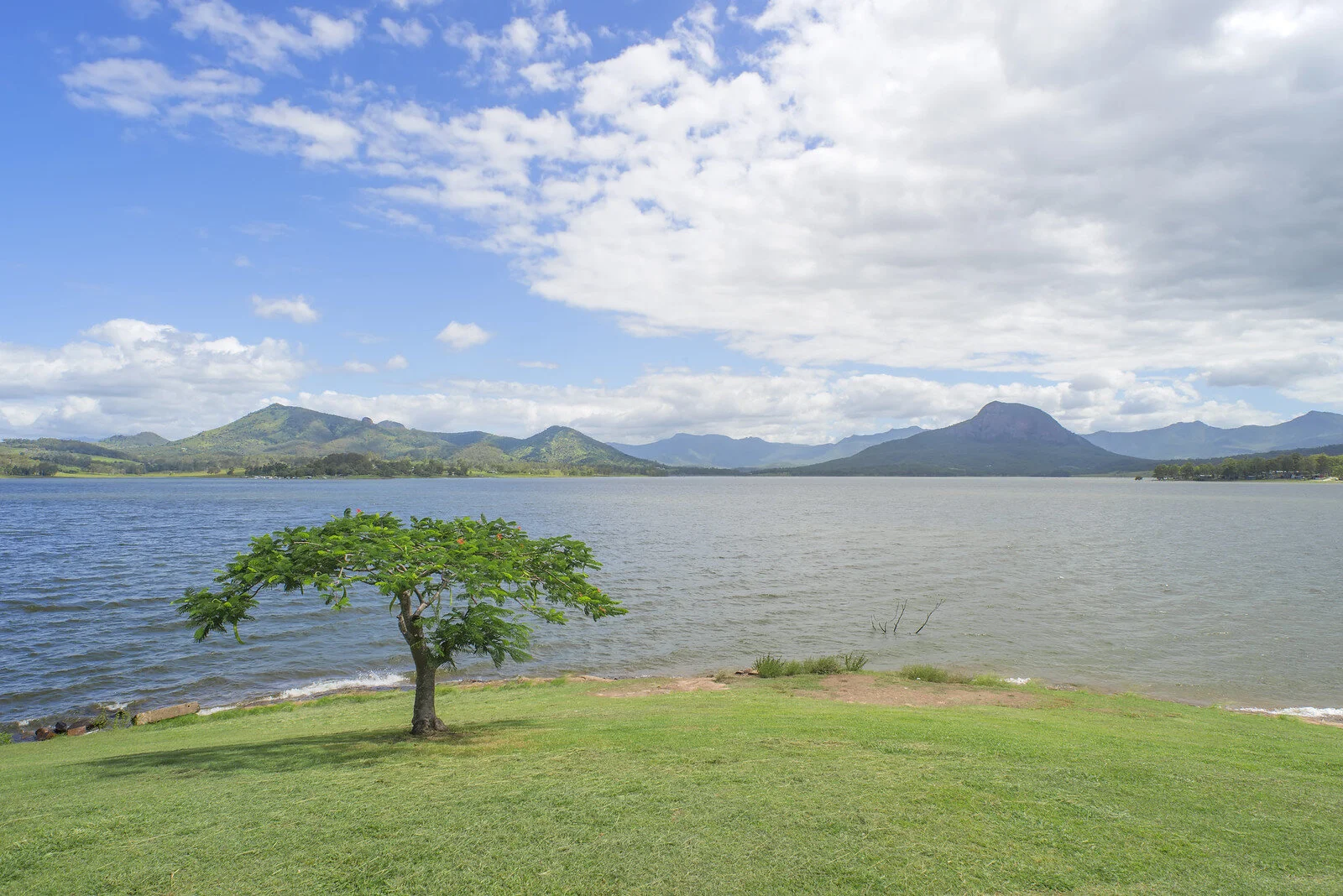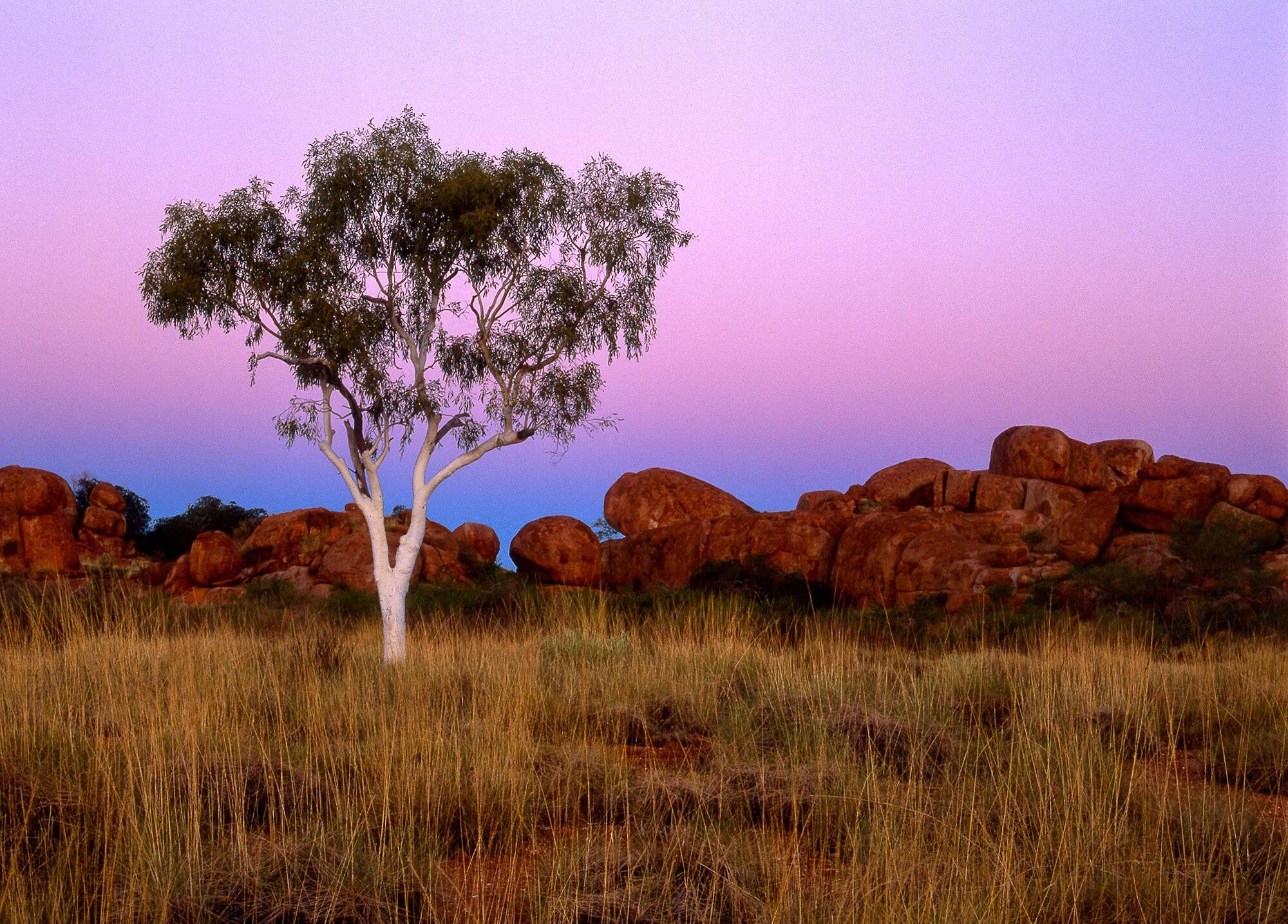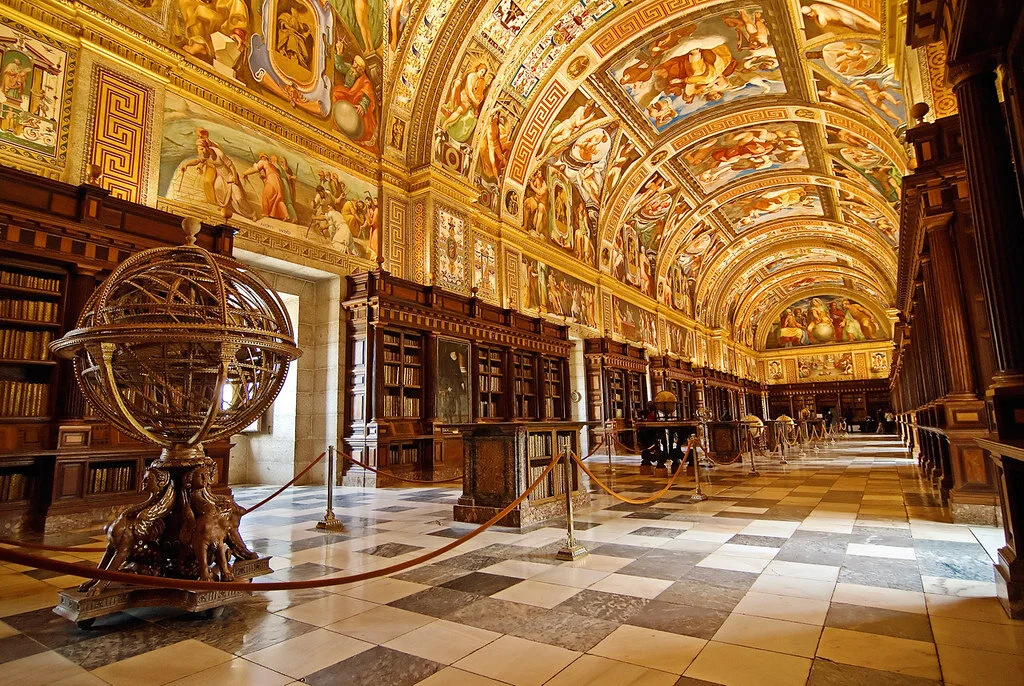Scotland’s Cairngorms National Park, which has been awarded the status of “International Dark Sky Park” for its low levels of light pollution, is a hot spot for stargazing in the UK.
Looking out over the Cairngorms National Park. Rab Lawrence. CC BY-NC-ND 2.0.
Tomintoul and Glenlivet in Cairngorms National Park (which were awarded international Dark Sky Park status in November 2018) are known for their location as the most northerly Dark Sky Park in the world. And, as one of the darkest skies in the UK, it is the perfect place to see the Perseid meteor showers, making it a hot spot for nighttime photographers and those interested in observing the night sky.
Away from street residential lights, the Cairngorms’ clear skies and northern latitude (the same latitude as Norway and Alaska) means that it’s also one of the best places in the world to see the Aurora Borealis, or the Northern Lights. But for normal stargazing, the best time to visit is during the darker months of the year from October to March.
Although it may be easier to see the stars with a telescope or camera, no equipment is necessary to see the vast expanse of stars in the Cairngorms’ night sky. Even neighboring galaxies and the Milky Way can be seen with just your eyes.
The Cairngorms offer a network of waymarked paths through Glenlivet Estate to guide photographers to many vantage points with big skies and distant horizons. There are also three designated Dark Sky discovery sites in the area.
Cairngorms National Park. Cliff Hellis. CC BY-NC-ND 2.0.
The main reason that such stargazing is possible from the Cairngorms is because of its low light pollution—something that some communities in the park have worked hard to achieve. The Tomintoul and Glenlivet area has even been awarded the desired International Dark Sky Gold Tier status.
Local volunteers in the Tomintoul and Glenlivet area are committed to reducing light pollution through their Dark Skies Project. Volunteers work with farms, distilleries, Moray District Council and households to reduce light pollution by promoting environmentally responsible lighting. Their efforts will bring many benefits to wildlife, energy consumption and human health while preserving the beauty of the night sky.
In addition, Cairngorms’ designation as an International Dark Sky Park will help promote dark skies to a wider audience and bring astro-tourism business to the remote areas of Tomintoul and Glenlivet during the off-season when stargazing is at its best.
Funding for the Dark Skies Project comes from The National Lottery with support from the Cairngorms National Park Authority and Crown Estate Scotland.
Read more about the Dark Skies Project here.
Isabelle Durso
Isabelle is an undergraduate student at Boston University currently on campus in Boston. She is double majoring in Journalism and Film & Television, and she is interested in being a travel writer and writing human-interest stories around the world. Isabelle loves to explore and experience new cultures, and she hopes to share other people's stories through her writing. In the future, she intends to keep writing journalistic articles as well as creative screenplays.





















